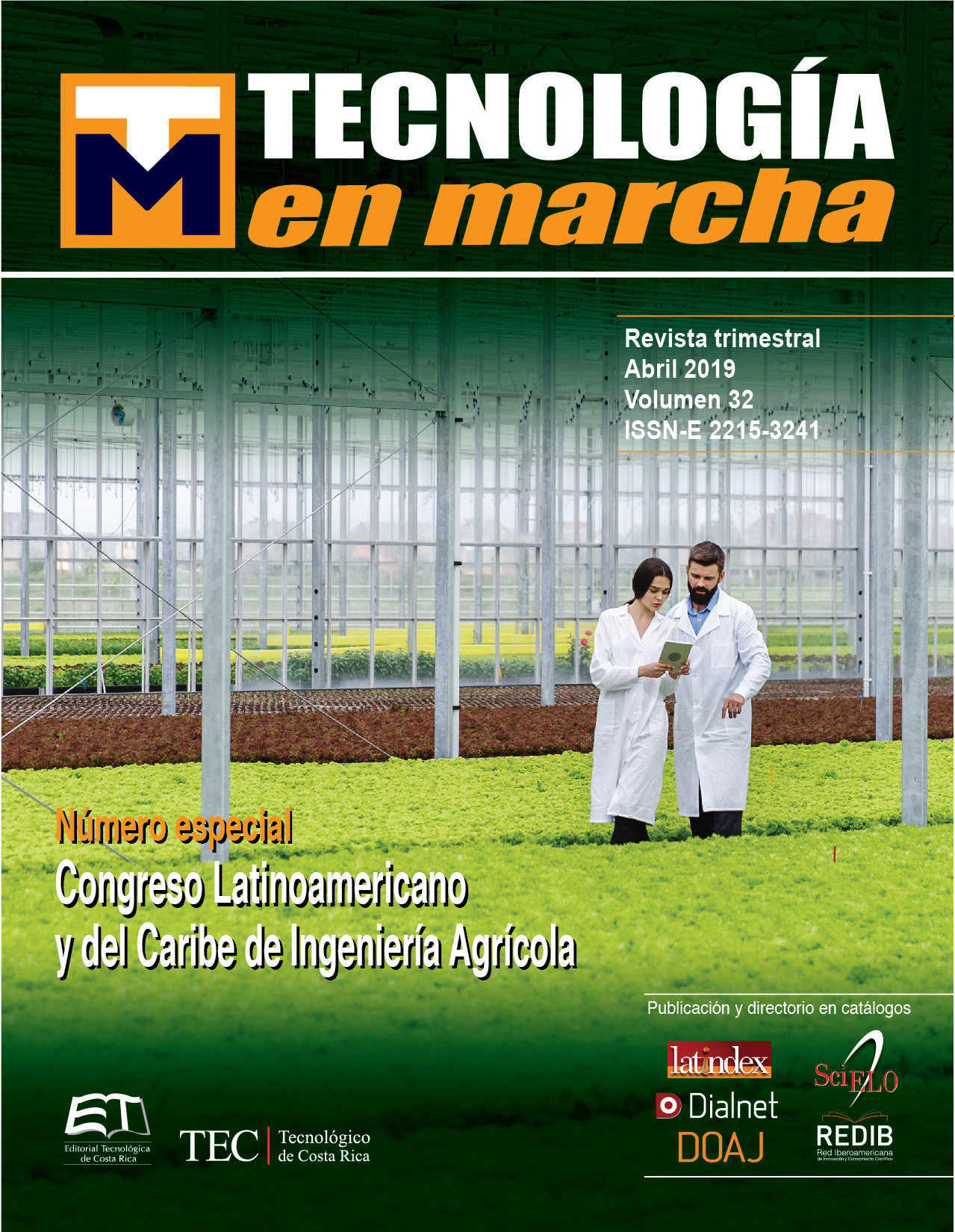Location of agricultural areas through high resolution satellite images in different areas of Costa Rica
Main Article Content
Abstract
With the passing of days, the agricultural frontier is reduced and an exact control of the amount of area destined to agriculture and which crops are developed in a region is lost. The objective of the study is to generate a supervised classification of satellite images to obtain agricultural areas through a map of land use. Four high-resolution satellite images were used, in addition to the Quantum GIS free software. The process of this project consisted of requesting the chosen images to carry out the study, in the QGIS software the red, green and blue band were joined; later an orthorectification was carried out to adjust the position of the image, an unsupervised classification was obtained to create a previous version of land use; then, in the field work, a drone was used to corroborate confusing coverage or in case of presence of a cloud in the image. Finally, supervised classification was made, according to the number of discriminated coverages. In all four images there is an important presence of agricultural use; where only in the partial image of the canton of Pérez Zeledón, there is a higher percentage of land with pastures than for agriculture, the images of León Cortés, Pacayas and Cañas show a predominance of agriculture, there being a great difference between the crops present. The derived information is important for territorial ordering, agricultural censuses, crop prediction, market regulation.
Article Details
Los autores conservan los derechos de autor y ceden a la revista el derecho de la primera publicación y pueda editarlo, reproducirlo, distribuirlo, exhibirlo y comunicarlo en el país y en el extranjero mediante medios impresos y electrónicos. Asimismo, asumen el compromiso sobre cualquier litigio o reclamación relacionada con derechos de propiedad intelectual, exonerando de responsabilidad a la Editorial Tecnológica de Costa Rica. Además, se establece que los autores pueden realizar otros acuerdos contractuales independientes y adicionales para la distribución no exclusiva de la versión del artículo publicado en esta revista (p. ej., incluirlo en un repositorio institucional o publicarlo en un libro) siempre que indiquen claramente que el trabajo se publicó por primera vez en esta revista.

